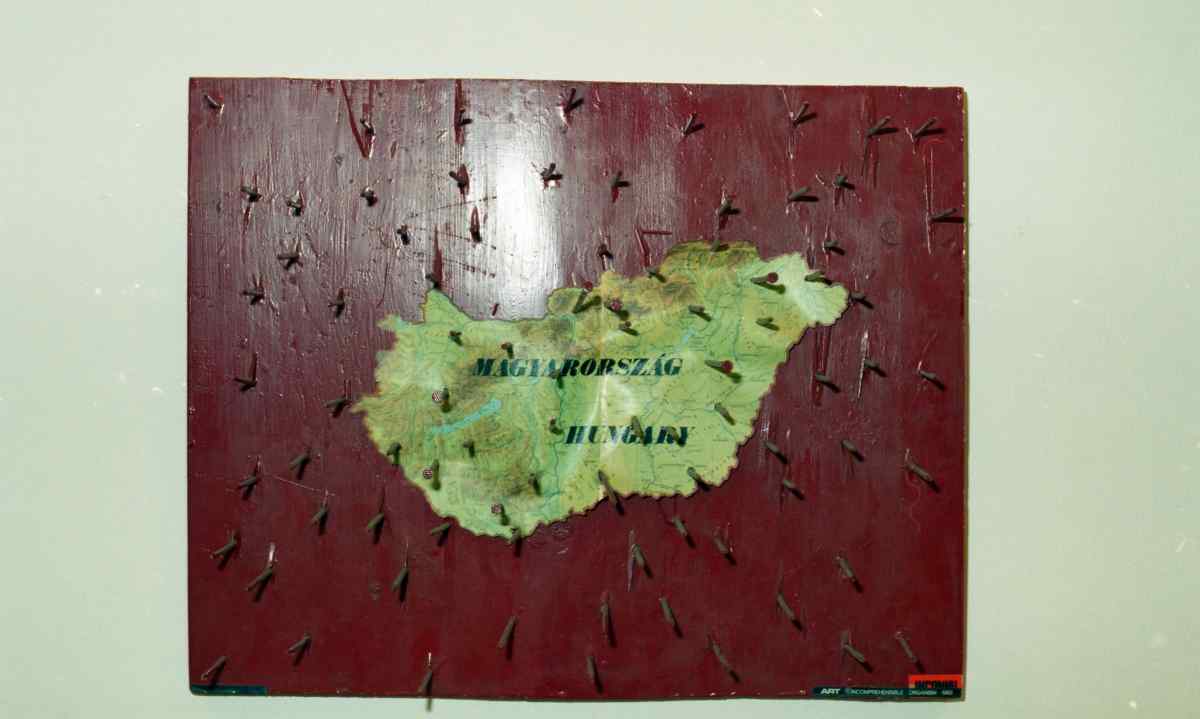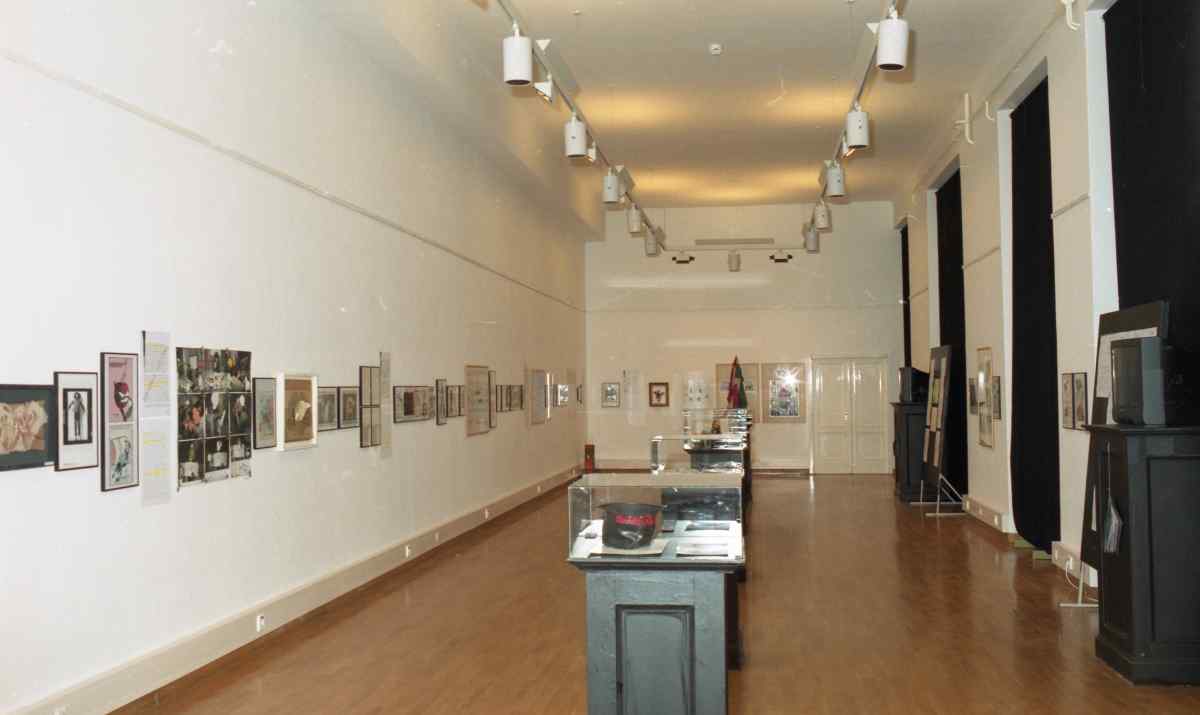Hungary Can Be Yours!
Alternative Country Image Reconstruction from 1984, with Background Documents




design: NEMZETES Ferenc, TAMÁSI Miklós
ARTPOOL Art Research Center
In the art of the ’80s, mail art was what the unlimited World Wide Web is for us today. Contrary to other forms of “art”, mail art was neither a medium, nor a trend, but instead a chaotic, random interactive surface open to free movement that (theoretically) could only be governed by postal restrictions.
György Galántai originally intended the materials of the “Hungary Can Be Yours / International Hungary” exhibition for the Hungary issue of Commonpress mail art magazine and it only became an exhibition at the request of the Young Artists’ Club. In Orwell’s year, in the era of the “happiest barrack,” the image flowing from the works of 46 Hungarian and 58 artists from 18 countries did not fit in the current country image and was banned by the jury at the last minute. In the past few years, in the archives of the Historical Office documents from the Hungarian internal security service III/III were disclosed that provide a detailed description and interpretation/evaluation of the works of the 1984 exhibition and its opening events. Researchers could already see these documents at Artpool P60 in April 2000.
The exhibition was an opportunity for a wider audience to see the original artwork, photo and video recordings taken at the opening, the report of the informer about the event, as well as documents from the 1989 reconstruction—all in the context of the 1984 “official country image”.